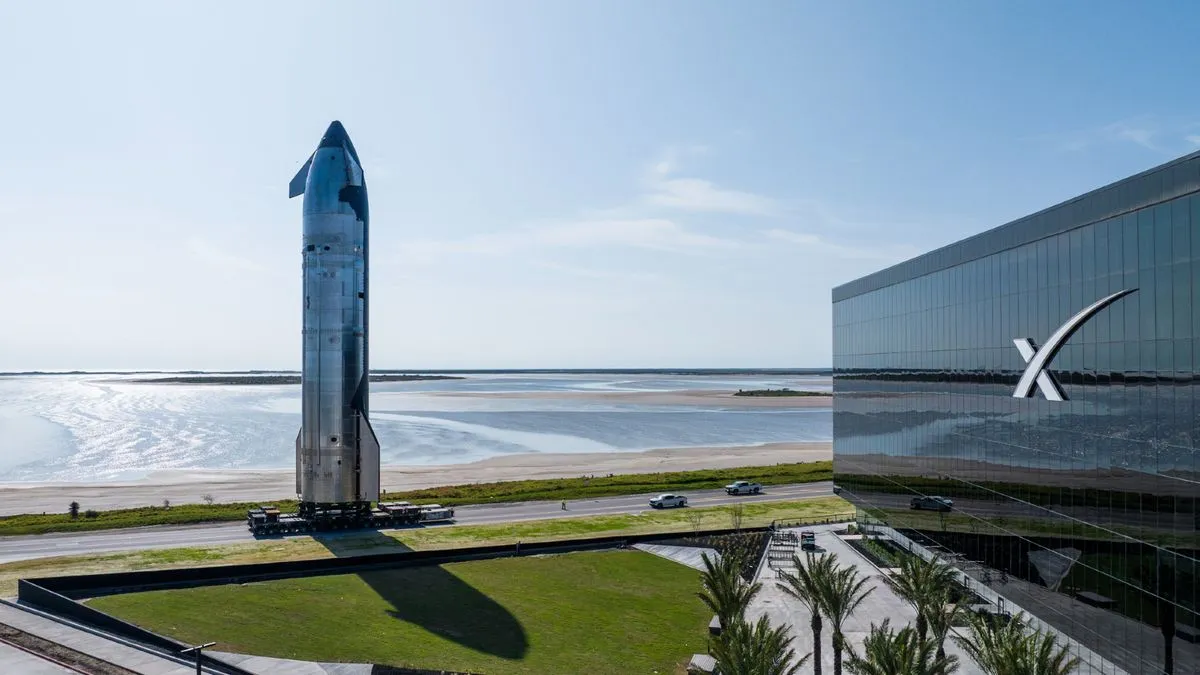
On March 3, SpaceX is gearing up for the highly anticipated launch of the eighth test flight of its monumental Starship rocket. This launch represents a significant milestone for the aerospace company, as Starship is recognized as the largest and most powerful rocket ever constructed. The launch is scheduled to take place at the SpaceX Starbase facility located in South Texas, with the liftoff window opening at 6:30 p.m. EST (2330 GMT; 5:30 p.m. local Texas time).
Space enthusiasts can catch all the thrilling action live on Space.com, courtesy of SpaceX, or directly through the company's official channels. Coverage is set to commence approximately 40 minutes prior to liftoff, providing viewers with insights and updates leading up to this monumental event.
If everything proceeds as planned, the Super Heavy booster will make its return to the Starbase, where it is expected to be caught by the launch tower's impressive chopstick arms roughly seven minutes after launch. Meanwhile, Starship's upper stage is slated to deploy four dummy versions of SpaceX's Starlink broadband satellites on a suborbital trajectory. Following this deployment, the Starship is anticipated to splash down in the Indian Ocean, off the coast of Western Australia, approximately 66 minutes post-launch.
It's worth noting that these objectives were also central to the previous Starship Flight 7, which took place on January 16. During that flight, SpaceX successfully executed a Super Heavy chopsticks catch. However, the upper stage encountered difficulties, suffering a propellant leak and ultimately exploding over the Atlantic Ocean before it could deploy its mock Starlink spacecraft. Notably, there were 10 of these craft onboard during the last flight.
SpaceX is actively developing the Starship rocket to facilitate humanity's exploration and settlement of the moon and Mars. Additionally, Starship is intended to manage the majority of SpaceX's upcoming launch tasks. Notably, NASA has a significant interest in the Starship vehicle; the agency has selected it to serve as the first crewed lunar lander for its Artemis program, which aims to land astronauts on the moon within the next few years.
Stay tuned for this exciting launch, as it marks another step forward in SpaceX's ambitious plans for space exploration and technology advancements.